 | Recorded by: Dean Furbish and Joy Wiggins on 2025-04-27
Pender Co.
Comment: | 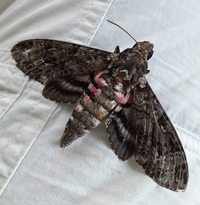 | Recorded by: Ann Chapoton-Genna on 2024-08-14
Wake Co.
Comment: |
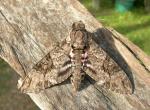 | Recorded by: R. Newman on 2023-10-29
Carteret Co.
Comment: | 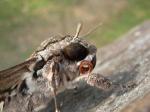 | Recorded by: R. Newman on 2023-10-29
Carteret Co.
Comment: |
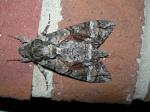 | Recorded by: R. Newman on 2023-09-22
Carteret Co.
Comment: | 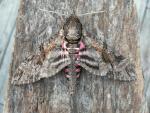 | Recorded by: R. Newman on 2023-09-12
Carteret Co.
Comment: |
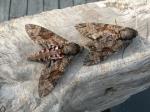 | Recorded by: R. Newman on 2023-09-12
Carteret Co.
Comment: | 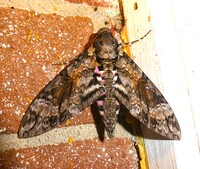 | Recorded by: Simpson Eason on 2023-09-09
Durham Co.
Comment: |
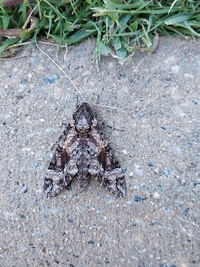 | Recorded by: Mark Basinger on 2022-10-15
Rowan Co.
Comment: | 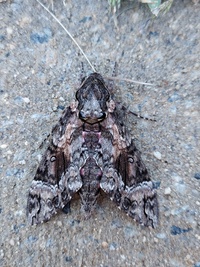 | Recorded by: Mark Basinger on 2022-10-15
Rowan Co.
Comment: |
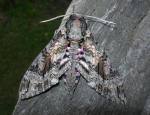 | Recorded by: R. Newman on 2022-09-28
Carteret Co.
Comment: | 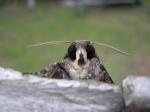 | Recorded by: R. Newman on 2022-09-28
Carteret Co.
Comment: |
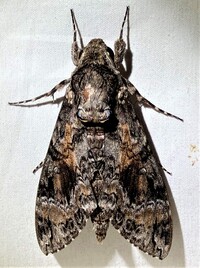 | Recorded by: Dean Furbish on 2022-09-08
Wake Co.
Comment: | 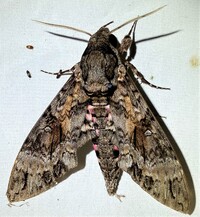 | Recorded by: Dean Furbish on 2022-09-04
Wake Co.
Comment: |
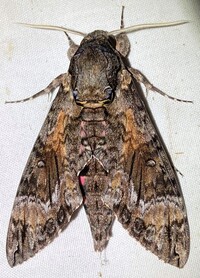 | Recorded by: Dean Furbish on 2022-09-01
Wake Co.
Comment: | 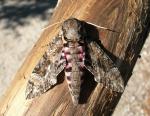 | Recorded by: R. Newman on 2021-10-19
Carteret Co.
Comment: |
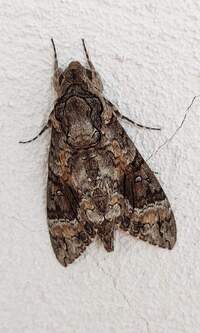 | Recorded by: Mark Basinger on 2021-10-12
New Hanover Co.
Comment: | 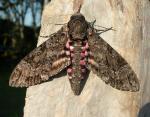 | Recorded by: R. Newman on 2021-10-02
Carteret Co.
Comment: |
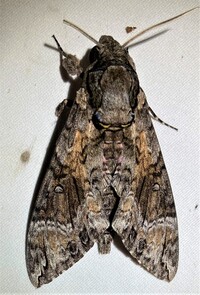 | Recorded by: Dean Furbish on 2021-10-01
Wake Co.
Comment: | 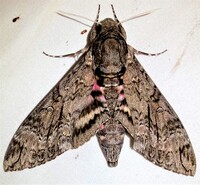 | Recorded by: Dean Furbish on 2021-08-22
Wake Co.
Comment: |
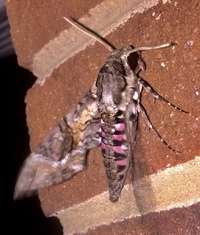 | Recorded by: Ken Kneidel on 2020-09-06
Mecklenburg Co.
Comment: | 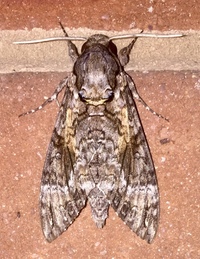 | Recorded by: Ken Kneidel on 2020-09-06
Mecklenburg Co.
Comment: |
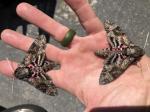 | Recorded by: K. Bischof on 2019-09-07
Yancey Co.
Comment: | 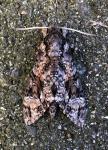 | Recorded by: K. Bischof on 2019-09-06
Yancey Co.
Comment: |
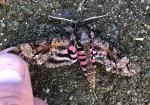 | Recorded by: K. Bischof on 2019-09-06
Yancey Co.
Comment: |  | Recorded by: K. Bischof on 2019-08-03
Yancey Co.
Comment: |
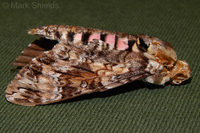 | Recorded by: Mark Shields on 2017-11-16
Onslow Co.
Comment: | 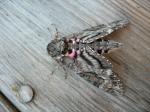 | Recorded by: R. Newman on 2017-09-20
Carteret Co.
Comment: |
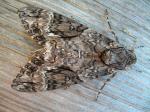 | Recorded by: R. Newman on 2017-09-20
Carteret Co.
Comment: | 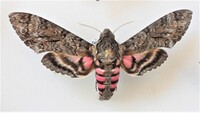 | Recorded by: Darryl Willis on 2014-10-16
Cabarrus Co.
Comment: |
|

 »
»



























